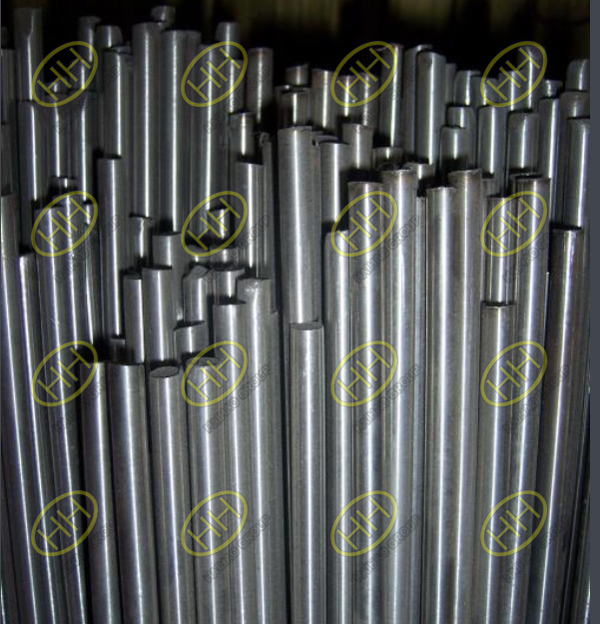SUS304 refers to 304 stainless steel. SUS is the Japanese material standard, so what’s its heat treatment method?
Solution treatment:
Its purpose is to make the carbide fully dissolved and retained in austenite at room temperature, so as to obtain single-phase austenite structure at room temperature, so that the steel has the highest corrosion resistance.
The heating temperature of solution treatment is generally high, between 1050-1100 ℃, and it is adjusted according to the carbon content. Due to the poor thermal conductivity of 18-8 stainless steel, it is not only necessary to preheat before quenching and heating, but also the holding time of solution treatment (quenching and heating) is long. During solution treatment, special attention shall be paid to prevent carburization. Because carburizing will increase the tendency of intergranular corrosion of 18-8 steel. The cooling medium is generally clear water. The structure after solution treatment is generally single-phase austenite, but for stainless steel containing titanium, niobium and molybdenum, especially for castings, there is also a small amount of ferrite. The hardness after solution treatment is generally about 135hbs.

SUS304 PIPES
Stress relief annealing:
In order to eliminate the residual stress after cold working, the treatment was carried out at a lower temperature. Generally heated to 250-425 ℃, 300-350 ℃ is often used. For the steel without titanium or niobium, it should not exceed 450 ℃ to avoid intergranular corrosion caused by chromium carbide precipitation.
In order to eliminate the residual stress after welding and the sensitivity of steel to stress corrosion, the treatment is usually carried out at a higher temperature. The heating temperature is generally not lower than 850 ℃. Cooling method: steel containing titanium or niobium can be cooled directly in air; steel without titanium or niobium should be cooled to 500 ℃ and then cooled in air.
Stabilization treatment:
In order to prevent the intergranular corrosion resistance of austenitic stainless steel with titanium and niobium from decreasing due to the decrease of tic and NBC during welding or solution treatment, it is necessary to heat the stainless steel to a certain temperature (the temperature makes the carbide of chromium completely dissolve in austenite, while tic and NBC only partially dissolve) and cool it slowly. During the cooling process, the carbon in the steel is fully combined with titanium and niobium, and stable tic and NBC are precipitated instead of chromium carbide, so as to eliminate the intergranular corrosion tendency of 18-8 austenitic stainless steel. This process is called stabilization.
18-8 stainless steel is usually heated to 850-880 ℃ for 2-6h, then air-cooled or furnace cooled.
Haihao Group manufacture steel pipes, flanges and pipe fittings products more than 30 years,the products sells well all over the world for the high quality.If you have any question,please contact us! Email:sales@haihaogroup.com







